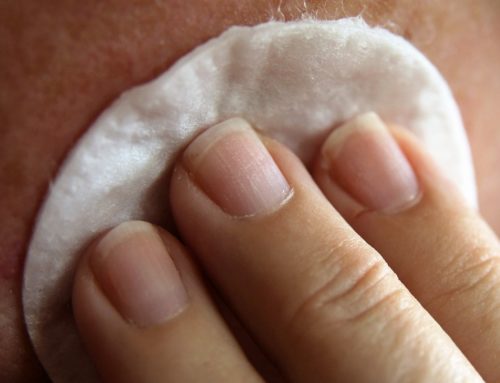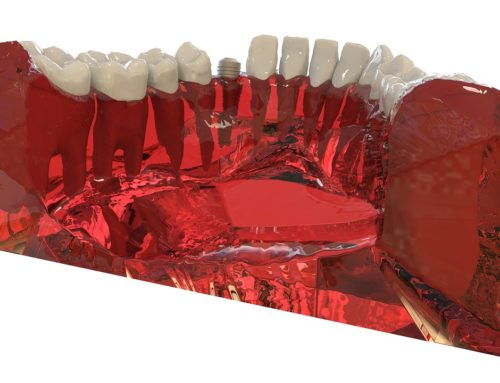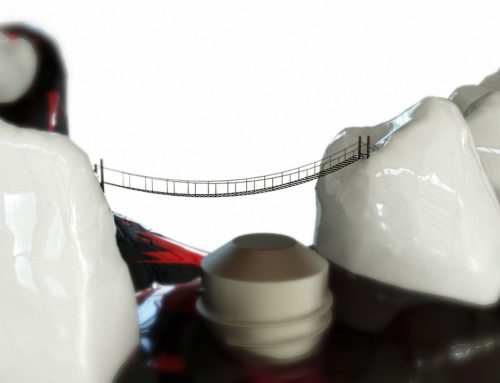Most of the hair loss we experience in our lives results from natural processes. It may be driven by the genes we inherit from our parents or by a period of illness or trauma. Sometimes, strong medicines such as the chemotherapy used to treat cancer will cause hair to fall out. But there are other disorders that lead to hair loss that take a different path entirely.
You may have heard of alopecia areata, a type of hair loss that happens when our immune systems mistakenly attack healthy hair follicles. The damage to the follicles is not always permanent. Experts still don’t know what causes the immune system to act in this way, so the mechanisms behind alopecia are not yet fully understood.
Alopecia is most common in people under 20 years of age, but older adults can be affected too. Both men and women are equally likely to get it.
WHAT DOES ALOPECIA LOOK LIKE?
Alopecia areata usually begins with clumps of hair falling out, leaving smooth, round, totally bald patches on the scalp or other areas of the body. In some cases, the hair may simply thin out without leaving bald spots – or it may break off, leaving short stubs known as “exclamation point” hair. In rare cases, patients will lose all hair from the scalp and body.
With alopecia, hair loss is inconsistent and hard to predict. Strands may grow back in one area, only to fall out in another.
When alopecia areata results in uneven, patchy hair loss, the hair typically comes back in a few months’ time. New hair is normally the same color and texture as before, but sometimes it grows in finer and lighter, even white.
About 10% of people with this condition may never regrow hair. Permanent hair loss from alopecia is more likely if:
- Your family has a history of this condition.
- The disorder shows up before puberty or lasts longer than a year.
- You have another autoimmune disease.
- You are prone to allergies.
- You have extensive hair loss.
- You notice that your fingernails or toenails are an unusual color, shape, texture or thickness.
HOW ALOPECIA CHANGES YOUR LIFE
Because our hair affects our appearance and self-image, alopecia areata can create strong reactions in us. Even if we’ve always been confident in our looks, we may suddenly feel unattractive, anxious and shy around others.
Alopecia affects more than just our hair. Nails become pitted, looking as if they had been dented by dozens of tiny pin pricks. Or they may have a rough, sandpapery look.
Most people who have one episode of hair loss due to alopecia will have more episodes in the future.
HOW DOCTORS DIAGNOSE THE PROBLEM
Alopecia areata is diagnosed through a medical history and medical exam. Your doctor will ask questions, study the patterns of your hair loss and examine your scalp. S/he may pull gently on a few hairs, even removing a few, to see how your hair responds.
If the reason for your hair loss is not clear, your doctor may do tests to check for a disease that could be causing the trouble. These may include:
- A hair analysis, where your doctor collects a hair sample to be examined under a microscope. A scalp (skin) sample is also sometimes taken.
- Blood tests to screen for conditions such as an underactive or overactive thyroid gland.
TREATING ALOPECIA
For many people with alopecia, hair grows back within a year. This means that some will decide not to undergo treatment and simply wait for the problem to resolve itself.
Other people choose to wear hairpieces that are affixed to the scalp with glue, metal clips or tape. Hair weaving, which involves sewing or braiding pieces of longer hair into existing hair, is NOT recommended, since it can cause permanent hair loss. Over-use of perms and dyes can also result in more hair loss.
The most common treatment for patchy hair loss is a series of corticosteroid injections into the skin or scalp about ever 4 to 6 weeks. Children and some adults may use topical (cream) corticosteroids on the affected skin instead. Minoxidil (or Rogaine) can be used with topical creams.
Anthralin is an ointment that can help hair grow again. It is sticky and dark like tar, so it can irritate and stain the scalp and surrounding skin, so it is applied only to bald patches for a short time and then cleansed away.
Contact immunotherapy is another approach that causes an allergic reaction on the scalp, which can lead to hair regrowth. The medicine, which is painted on the scalp, irritates the skin, making it red and scaly. Regrowth may occur within about 3 months.
LOOKING FOR HELP? ASK A HAIR RESTORATION EXPERT
Alopecia areata can be a heartbreaking condition for those who suffer from it. As a hair restoration expert in Bala Cynwyd and the Greater Philadelphia area, Dr. Farole has helped thousands of men and women deal with the difficulties of hair loss and he is happy to discuss your options with you.
Take the Next Step
Want to learn if a Hair Restoration is right for you? Schedule a consultation at Dr. Farole’s Facial Cosmetic Surgery Center in Bala Cynwyd, PA by giving us a call at (610) 668-3300 today.
Source






